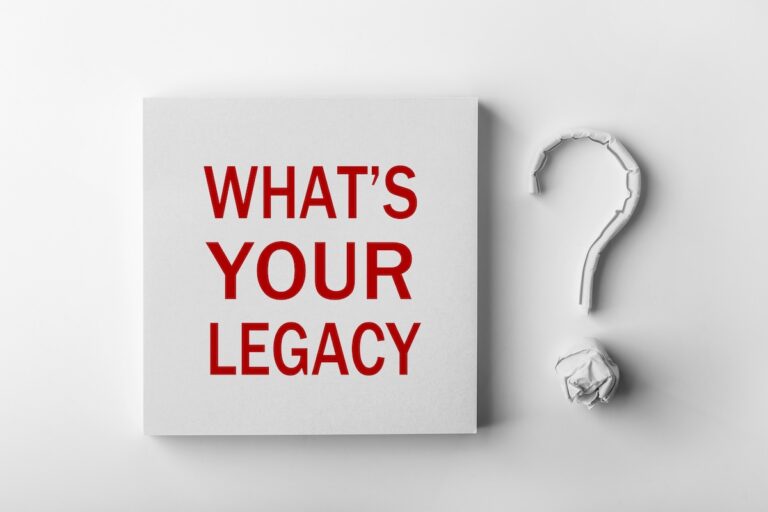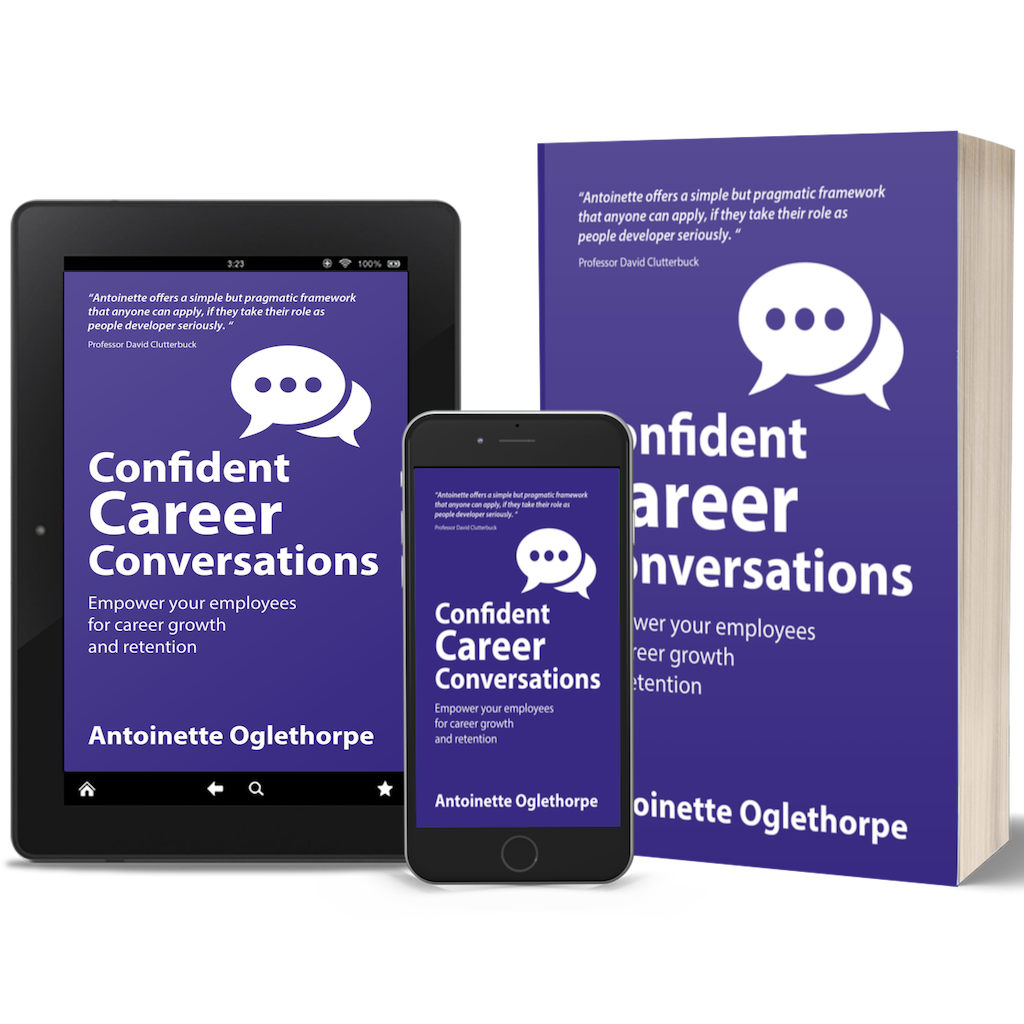This is the fourth blog post in our series to address some questions that a participant asked at our webinar on “Career Development in Organisations: What Role Does It Play?” One question that was asked was “How do you recommend organisations integrate career development into their existing culture without causing disruption?” So, that’s what I’ll aim to address in this blog post, by sharing 10 strategies to ensure a successful integration of career development into organisational culture.
The previous posts in the series covered trends in career development; common obstacles when trying to implement a career development programme and how to measure the success of career development programmes.
The first point to make is that I’m not sure you always want to avoid disruption to the culture. Sometimes the aim is to change the culture to one that is more supportive of learning and development. Either way, integrating career development into an organisation’s culture requires thoughtful planning and execution.
Here are ten strategies you can adopt to ensure a smooth and effective integration of career development into organisational culture:
1. Align with Organisational Values and Goals
Strategy: Ensure that career development initiatives align with the organisation’s core values and strategic objectives.
Implementation: Clearly communicate how these initiatives support the overall mission and vision of the company. Highlight the benefits for both the organisation and employees, such as increased engagement, skill development, and readiness for future challenges.
Example: At a tech company focused on innovation, career development programmes could emphasise upskilling in new technologies. The company can explain that by doing so, employees are better equipped to contribute to cutting-edge projects, aligning their growth with the company’s innovation goals.
2. Start with a Pilot Programme or a Co-Design Project
Strategy: Begin with a small-scale pilot programme to test and refine the approach before a full-scale rollout. We actually prefer to use the term “co-design projects” instead of “pilot programmes” because it reflects a collaborative process where key stakeholders are actively involved in the creation and development of the programme. Referring to these initiatives as co-design projects encourages greater engagement and ownership among participants. When employees feel they have a hand in designing the programmes, they are more likely to support and commit to the process.
Implementation: Choose a specific department or a group of employees to participate in the co-design project. Collect feedback, measure outcomes, and make necessary adjustments. Emphasising iterative development and continuous improvement allows for more flexibility and adaptability, ensuring that the final programme is well-suited to meet the needs of the organisation and its employees. This approach minimises risks and helps build a case for broader implementation.
Example: A marketing department might pilot a career development programme focusing on career conversation skill. By gathering feedback and tracking improvements in how many employees are having career conversations with their managers, the company can refine the programme before expanding it to other departments.
3. Gain Leadership Buy-In
Strategy: Secure support from top management and leaders across the organisation. This is an essential component for a successful integration of career development into organisational culture.
Implementation: Present data and case studies demonstrating the benefits of career development programmes. Encourage leaders to participate as managers, mentors or coaches and to actively promote the programme within their teams.
Example: A CEO might share success stories from other companies or industries, illustrating how career development initiatives have led to higher retention rates and enhanced innovation. Leaders who mentor employees can share positive experiences to encourage broader participation. Individual employees can share their stories of career progression to highlight the importance of employees taking ownership of their career development and the strategies they have used to make progress.
4. Incorporate Feedback and Involvement from Employees
Strategy: Engage managers and employees in the planning and implementation process to ensure the programme meets their needs and expectations. We recommend identifying the “career champions” within the organisation i.e. those within the organisation who are passionate about career development for themselves and others.
Implementation: Conduct surveys, focus groups, and interviews to gather input. Create project teams or task forces with representatives from different levels and departments to help design and champion the programme.
Example: Form a project team including employees from various departments to provide input on the types of development opportunities they find most valuable, ensuring the program addresses a wide range of interests and career goals.
5. Embed Career Development into Existing Processes
Strategy: Integrate career development activities into regular business processes and routines.
Implementation: Include career development discussions in one-on-one meetings, and team planning sessions. Encourage managers to set development goals with their team members and provide ongoing support and resources.
Example: During one to one meetings, managers could allocate time specifically to discuss career aspirations and development plans, ensuring that career growth is a regular part of management conversations.
6. Provide Training and Resources for Managers
Strategy: Equip managers with the tools and skills they need to support their team’s career development effectively.
Implementation: Offer training sessions on coaching, mentoring, career conversations and career development strategies. Provide resources such as guides, templates, and access to professional development opportunities.
Example: Organise workshops where managers learn how to conduct effective career development conversations and use tools to help employees plan their career development.
7. Communicate Clearly and Consistently
Strategy: Ensure clear and consistent communication about the career development programme, its benefits, and how to participate.
Implementation: Use multiple channels to share information, such as emails, intranet updates, town hall meetings, and internal newsletters. Highlight success stories and testimonials to illustrate the programme’s impact.
Example: Feature employee success stories in the company newsletter, showcasing how participating in career development programmes has led to promotions or skill enhancements.
8. Foster a Culture of Continuous Learning
Strategy: Promote a culture that values and supports continuous learning and development. Internal ‘PR’ can really help with a successful integration of career development into organisational culture.
Implementation: Encourage employees to pursue learning opportunities, attend workshops, and engage in cross-functional projects. Recognise and reward efforts to develop new skills and knowledge.
Example: Implement a monthly “Lunch and Learn” series where employees can present on the new skills or knowledge they’ve acquired, fostering a collaborative learning environment.
9. Monitor Progress and Adjust as Needed
Strategy: Regularly assess the programme’s effectiveness and make adjustments based on feedback and outcomes.
Implementation: Set up metrics and KPIs to track progress and impact. Collect feedback from participants and stakeholders, and use this data to refine and improve the programme continuously.
Example: Use employee engagement surveys to gather feedback on the career development programme and adjust based on suggestions, such as adding more diverse training topics or flexible learning formats.
10. Celebrate and Recognise Achievements
Strategy: Celebrate milestones and recognise individuals and teams who actively participate in and benefit from the career development programme.
Implementation: Share success stories in company communications, recognise achievements in meetings or company events, and provide incentives or rewards for those who show significant progress.
Example: During a quarterly all-hands meeting, highlight employees who have completed significant training programmes or contributed to cross-functional projects, and present them with certificates or small rewards.
By taking these steps, organisations can ensure a successful integration of career development into their culture, ensuring it complements existing processes and enhances overall employee satisfaction and organisational performance. This approach not only fosters a supportive learning environment but also aligns career growth with the organisation’s strategic goals.
Join us live
One of our values as a company is “Be Helpful”. As specialists in mentoring, we believe in the importance of sharing wisdom and experience for the benefit of others. So, we run a regular schedule of free-to-attend webinars. You can view the upcoming webinar schedule here.



